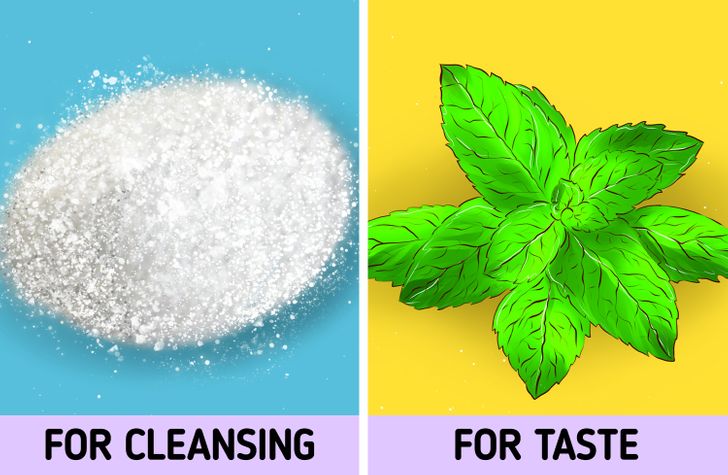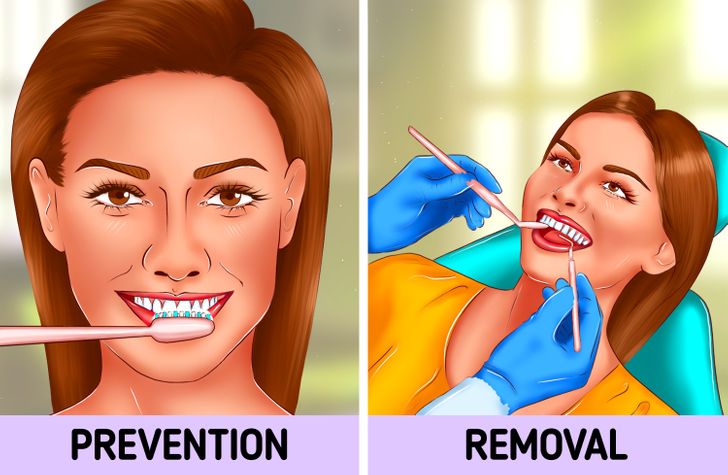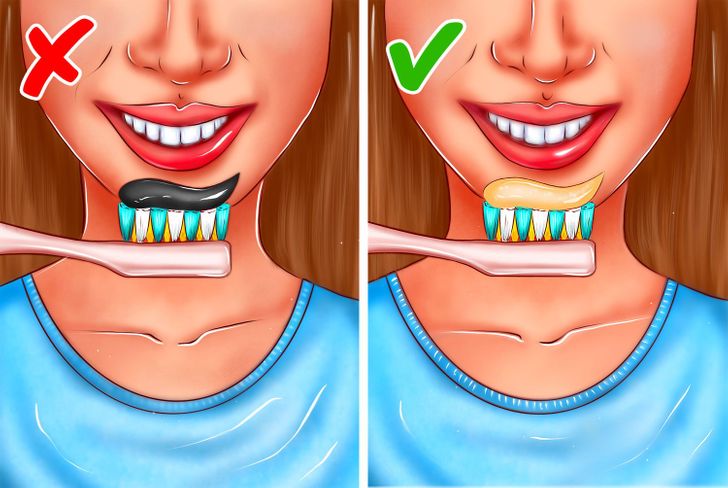How to Choose Toothpaste
Toothpaste is an important oral hygiene product. There are all sorts of different brands, types, and tubes of toothpaste in stores. Some of them are universal and suitable for almost everyone, while others are designed to solve specific problems: whitening, preventing the appearance of tartar, or decreasing teeth sensitivity.
5-Minute Crafts will help you choose the right toothpaste for you and tell you what ingredients you should look for.
Our recommendations are very general. Contact your dentist to find the very best toothpaste for your individual needs.
Main ingredients

The basis of toothpaste is made up of substances that give it the desired texture, flavor, smell, and cleansing properties. Regular toothpaste contains:
- Abrasive agents. Hard-grained materials that help remove bacteria and food debris from teeth. This is usually calcium carbonate or hydrated silica.
- Cleansing agents. Create a foam that also helps remove bacteria and food debris from the surface of the teeth. The most common foaming agent is sodium lauryl sulfate. The composition may contain cocamidopropyl betaine or lauryl glucoside instead.
- Agents for moisture retention. Substances such as glycerin, sorbitol, and propylene glycol prevent the toothpaste from drying out and help the product retain moisture.
-
Thickeners. Substances that give the toothpaste its thickness and correct texture.
-
Flavoring. Artificial sweeteners are often added to toothpaste to improve taste. For example, sodium saccharin or sucralose. Another popular ingredient in toothpaste is mint. But you can also find cinnamon, lemon, and even bubblegum.
-
Coloring. Titanium dioxide gives toothpaste its familiar white color, and tin oxide makes it red. The latter also has an antibacterial effect.
Other ingredients are added depending on the specific purpose of the toothpaste.
Toothpaste with fluoride
Fluoride is the most important ingredient to look for when choosing toothpaste. It plays a key role in the prevention of tooth decay.
Bacteria in your mouth feed on the sugars and starch that remain on your teeth after eating. This produces an acid that destroys tooth enamel, contributing to the formation of plaque and cavities. Fluoride helps protect teeth from acid. It strengthens tooth enamel and reduces the likelihood of damage. It also partially restores enamel at an early stage of damage by remineralization. Therefore, the use of fluoride toothpaste is crucial for the prevention of cavities and other dental diseases.
Toothpaste for tartar or calculus prevention

Tartar is formed when plaque remains on the surface of the teeth for a long time and solidifies. To prevent it from happening, you just need to brush your teeth every morning and every evening. But if you have a tendency for calculus formation, there are special kinds of toothpaste to battle it.
Usually, such types of toothpaste contain sodium pyrophosphate, zinc citrate, or sodium hexametaphosphate that can partially prevent tartar. But they can’t fully stop this process or remove the calculus you already have. That can only be done by a dentist.
Toothpaste for sensitive teeth
Dental sensitivity is caused by fluid moving up the tiny tubules connecting tooth dentine to the nerve. Temperature changes, pressure, or sweet or acidic foods can influence the fluid’s movement.
Some types of toothpaste and desensitizing and can really help you. The ingredients you should look for are:
- Potassium nitrate. It builds up over time to desensitize nerves. However, it can take up to 2 weeks to be effective.
- Stannous fluoride. It blocks the tubules and works very quickly.
- Arginine. It combines with calcium carbonate to block tubules and should start working rapidly.
- Fluoride. It helps with the remineralization and strengthening of the enamel to make it less sensitive to outside factors.
Whitening toothpaste

Whitening toothpaste can help return the teeth to their natural color. Drinks such as tea, coffee, or fruit juices darken teeth. The ingredients you need in your toothpaste are:
- Hydrogen peroxide. This is a popular but aggressive whitening agent. In high concentrations, it can damage the enamel and increase sensitivity.
- Sodium bicarbonate. It is an effective stain remover with mild abrasive action. It also has some antibacterial properties.
- Charcoal. Toothpaste with this ingredient is very popular, but experts have found no proof of its effect. It can also be too abrasive in some higher strength formulations, which could wear down tooth enamel over time.
- Enzymes (papain and bromelain). They are great for whitening sensitive teeth. They destroy the layer of bacteria that forms plaque. Besides, toothpaste with this ingredient has a better whitening effect than those with abrasives.
Toothpaste for children
It is not recommended that children younger than 3 years old use toothpaste with fluoride unless a dentist says so. The thing is, children of this age may swallow toothpaste. And if it contains fluoride, a big amount may cause fluorosis. This is why children before the age of 3 should use fluoride-free toothpaste.
Children from ages 3-6 can use toothpaste with fluoride, but not a lot of it. They can already brush their teeth by themselves under adult supervision to make sure they don’t swallow the toothpaste.